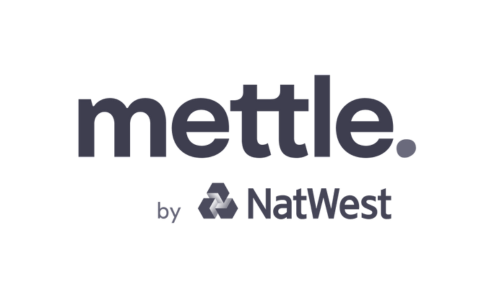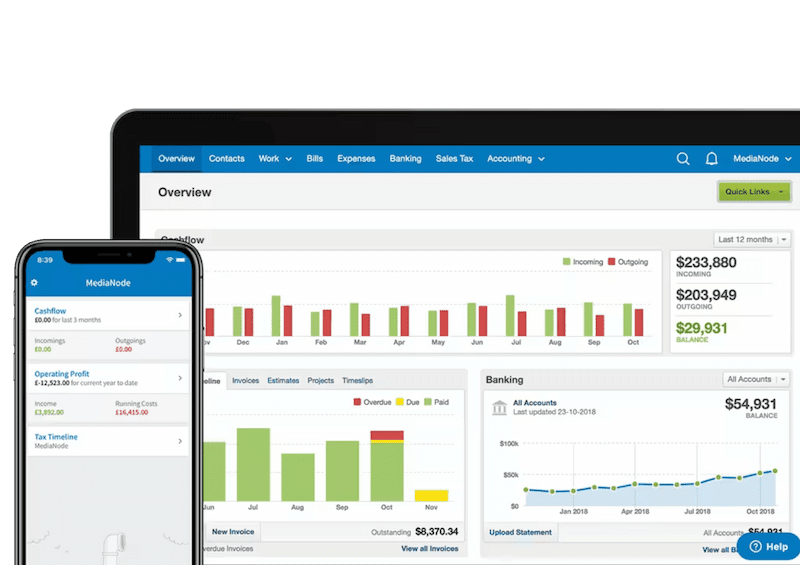Working as a fractional worker means flexibility, but also navigating multiple ways of working with clients. You won’t typically be on a client’s direct payroll, so you’ll need to decide how to structure your work relationship. There are three common engagement types:
- Employed via an outsourced employment bureau (commonly referred to as an umbrella company)
- Self-employed as a sole trader
- Operating through your own limited company
Each of these options has its own pros and cons, and while many focus solely on the tax savings of a limited company, it’s important to consider all factors, especially IR35 legislation.
Understanding IR35: What it means for fractional workers
IR35 is legislation that aims to prevent individuals from avoiding employment taxes by working through a company while operating like an employee. If you’re working as a fractional, interim, or freelance worker, and not on the client’s payroll, IR35 is relevant to you.
- If your client is a medium or large business, they are responsible for assessing your IR35 status.
- If your client is a small business (as defined by the Companies Act 2006), you are responsible for assessing your own status.
Importantly, each client and project could have a different IR35 determination. This is why some clients may issue a Status Determination Statement (SDS) and others may not.
If a role is assessed as inside IR35, this means it is treated as employment for tax purposes. You’ll generally have two options:
- Be employed via an umbrella company or directly by the hirer (e.g. via a zero-hour or fixed-term contract)
- Operate as a sole trader (though this is less common and can pose risks)
Let’s explore each route:
Option 1: Employed (via umbrella or direct)
Being employed (even through an umbrella) is the simplest setup in terms of admin. In the UK, employment contracts fall into two types:
- Contract of employment (offers more rights and protections)
- Contract for services (more limited protections)
A government consultation is currently under way to consolidate these into a single employment status, we’ll provide updates if that progresses.
Taxes and costs:
Employees pay:
- Income tax (see bandings below)
- Class 1 National Insurance (NI)
| Band | Income range | Tax rate |
|---|---|---|
| Personal allowance | Up to £12,750 | 0% |
| Basic rate | £12,571 to £50,270 | 20% |
| Higher rate | £50,271 to £125,140 | 40% |
| Additional rate | Over £125,140 | 45% |
Employees also pay NI contributions, while employers pay an additional 15% NI plus pension contributions, holiday pay, and the apprenticeship levy.
So, for example, if a hirer agrees to pay £1,000/day, all these deductions must come from that total cost, meaning your net income could be closer to 60%.
Advantages:
- Minimal admin
- Statutory benefits (e.g. sick pay, parental leave, pension)
- No need to handle your own tax submissions (unless earnings exceed £150k)
Option 2: Sole Trader
As a sole trader, you are self-employed but not operating through a company. This route can be tax-efficient (especially under £60,000 per year) and requires less admin than a limited company.
Tax treatment:
- You pay income tax (same as employees)
- You pay Class 4 National Insurance
| Band | Profit range | NI rate |
|---|---|---|
| Primary threshold to £50,270 | £12,571 to £50,270 | 6% |
| Above £50,270 | Over £50,270 | 2% |
This leads to significant savings in NI compared to being employed, often around 17%.
Key considerations:
- You must register with HMRC and file a self-assessment tax return
- You’ll need business insurance (e.g. public liability, professional indemnity)
- You do not receive employment rights or protections
- You can claim business expenses to reduce tax liability
Sole traders carry personal liability for debts and claims, unlike a limited company.
Option 3: Limited Company
If your contract is outside IR35, or if no IR35 status has been issued, a limited company can be the most tax-efficient option, especially above £60,000/year.
You’ll set up a company through Companies House and become its director. The company becomes a separate legal entity, and you’ll need to ensure all statutory filings and taxes are completed.
Advantages:
- Greater tax planning (e.g. salary + dividends)
- Claim a wide range of business expenses
- Limited liability, your personal assets are protected
Dividend tax rates:
In addition to Corporation Tax on company profits, dividends you withdraw personally are taxed as follows:
| Band | Dividend income range | Dividend tax rate |
|---|---|---|
| Basic rate | Up to £50,270 | 8.75% |
| Higher rate | £50,270 to £125,140 | 33.75 |
| Additional rate | Over £125,140 | 39.35% |
You also benefit from a tax-free dividend allowance (currently £500 in 2024/25).
Example scenario: Take-home comparison (approximate)
| Structure | Gross income | Taxes (income/NI/corp) | Take-home pay | Notes |
|---|---|---|---|---|
| Employed | £100,000 | ~£33,000 (income/NI) | ~£67,000 | Includes employer NI deductions |
| Sole Trader | £100,000 | ~£28,000 (income/NI) | ~£72,000 | Less admin, no limited liability |
| Limited Company | £100,000 | ~£19,000 (Corp + dividend) | ~£81,000 | Higher admin, more tax-efficient |
Figures are indicative and assume standard allowance claims, no pension salary sacrifice, and modest business expenses. Always seek personalised advice.
Key responsibilities:
- Annual Companies House filings
- Corporation Tax and VAT (if registered)
- PAYE for yourself (if taking salary)
- Likely need for an accountant
While more profitable at higher income levels, limited companies do come with more compliance obligations, but for many fractional workers, the benefits outweigh the admin.
Final thoughts
Choosing the right structure as a fractional worker depends on:
- Your client’s IR35 determination
- Your income level
- Your appetite for admin and compliance
- Whether statutory benefits are important to you
We always recommend seeking professional advice if you’re unsure, especially if working across multiple clients or engaging in long-term projects. If you’d like to have a no-obligation chat with our accountancy team about your options, we’d love to hear from you!






